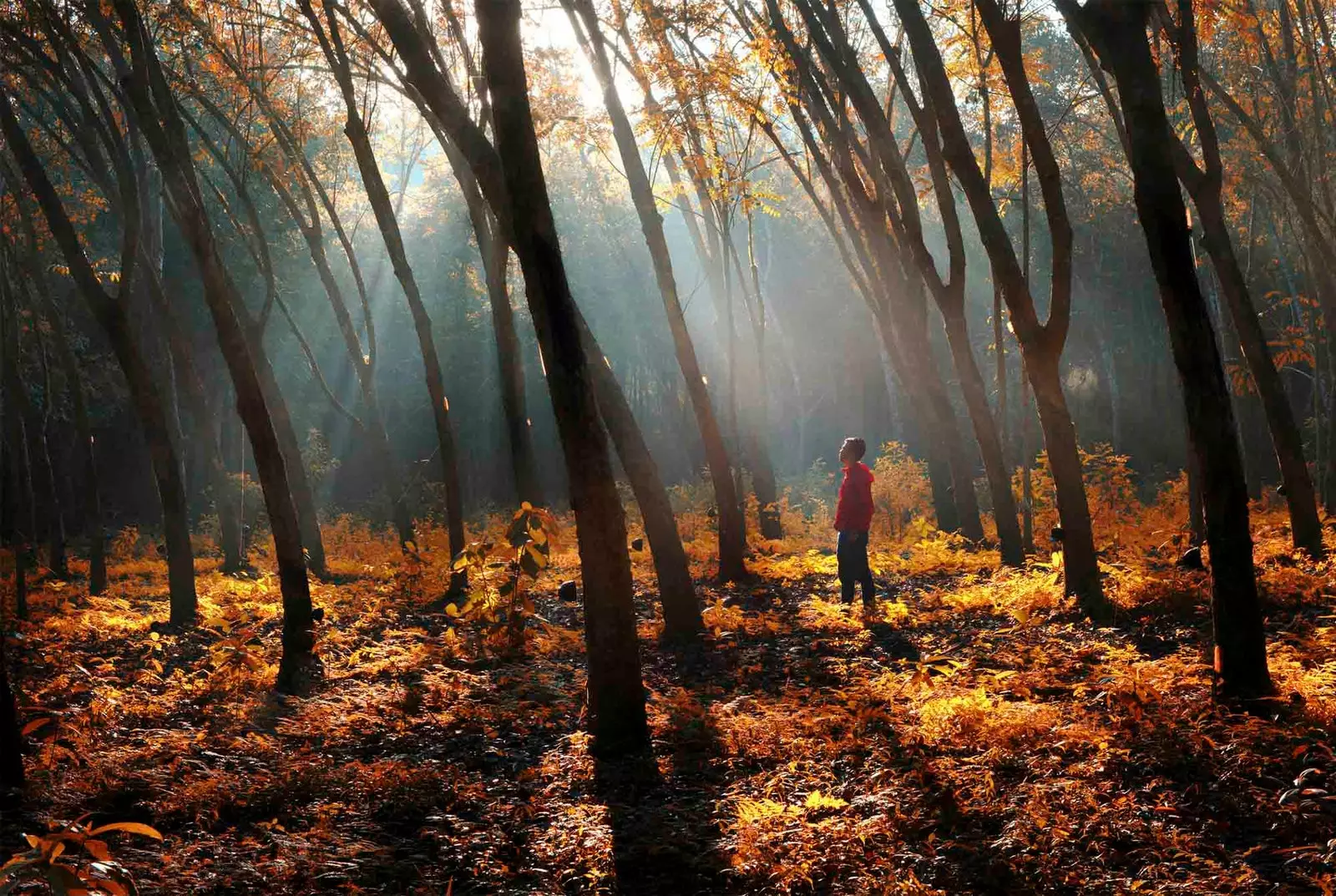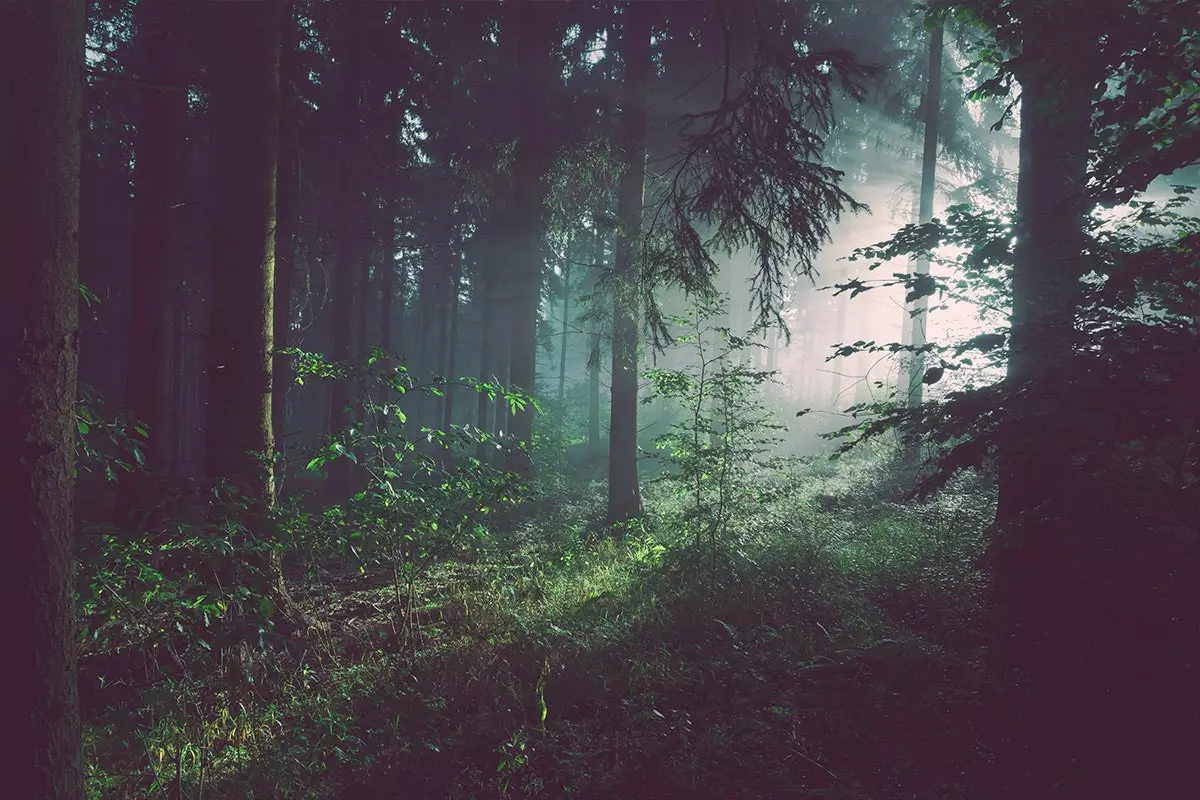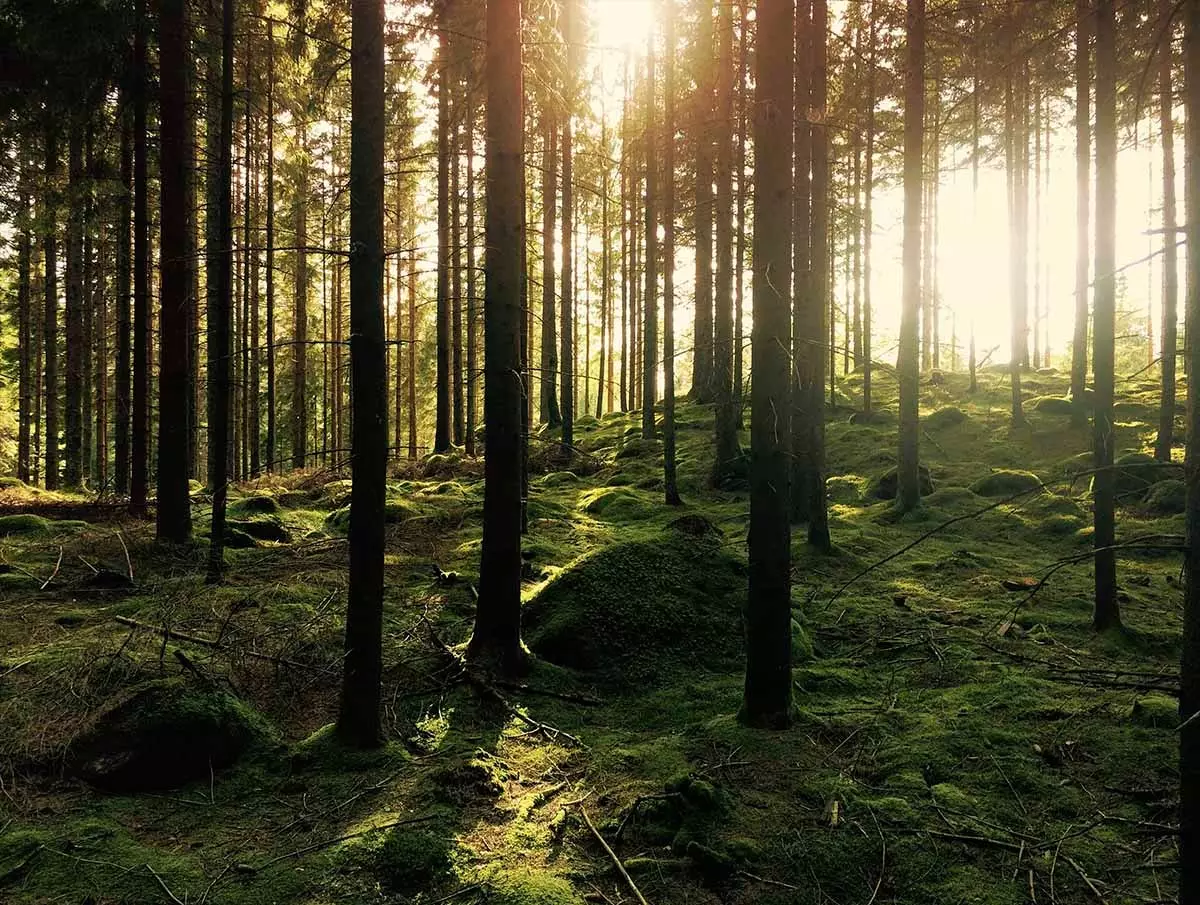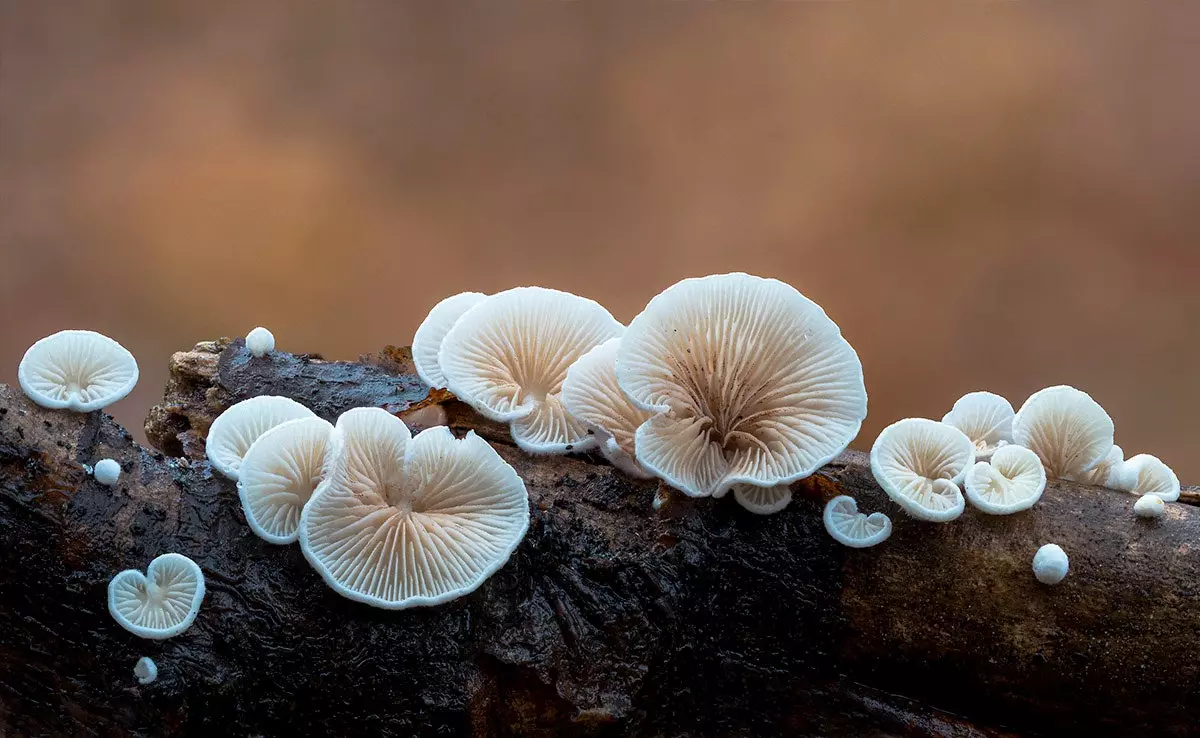
Forests are more than just trees and trees: they are superorganisms
In this world of asphalt, walking through the woods has become a highly unusual experience. Even so, the science is clear: doing so is therapeutic, and even necessary, and perhaps for this reason, **nature destinations**, with their promise of peace and disconnection, are experiencing a renaissance in recent years to the detriment of the urban travel.
But what actually is a forest? Nothing more than a large number of trees growing together? Is that where its magic lies? It seems that no, that there is something else. certain spirit , so to speak, a soul that flows through leaves and branches, which is subtly perceived when stepping on the fallen leaves, when caressing a trunk. And we are not talking, precisely, of mysticism, but quite the opposite: of facts contrasted by science.
THE SECRET LIFE OF TREES
“Amazing things happen in the woods: trees that communicate with each other, trees that love and care for their children and his old and sick neighbors; sensitive trees, with emotions, with memories... Incredible, but true!”. It is written on the back cover of The Secret Life of Trees (Obelisco, 2017) by Peter Wohlleben, a forest ranger turned nature scholar.
“When I started my professional career as a forest agent, he knew the same about the secret life of trees as a butcher about the feelings of animals ”, He states in the prologue. His job then was to appraise fir, beech, oak, and pine trees to determine if they were worth the sawmill and calculate their market value.

Trees communicate and remember
However, about 20 years ago, he began to organize survival tests with tourists who, strangely enough for him, were genuinely enthusiastic about the specimens. more twisted and knotty . The same ones that, according to his work vision, Wohlleben would have described as “of little value”.
“With them, I learned to pay attention not only to the trunks and their quality, but also to the twisted roots, the growth forms or the soft cushion of moss on the bark,” he recalls. Thanks to these newfound observations and the work of the University of Aachen, which he began to conduct research in his district, he began to find as many questions as answers related to the tree behavior . Here are some of his most fascinating finds.
TREES TAKE CARE OF EACH OTHER
Surely, walking through the forest, you have come across what look like stones covered with moss. But are they exactly that? Come closer: sometimes it will be old trees, centuries-old remains that look dead, but are not . In fact, if you scrape a little on their crust, you will see that they are green inside! But how is it possible, if not they can carry out photosynthesis?
The answer lies below ground: through their roots, neighboring trees provide a sugar solution to their older companions to keep them alive. In fact, if we were to lift the ground, we would see that a tangled system connects the majority of individuals of the same species and population, which shows what you might have guessed: that forests are super organisms that help each other.

Under that moss there may not be only stones...
The reason is simple: together they work better . A single tree is not capable of creating the microclimate created by many, which buffers extreme heat and cold, stores a certain amount of water and produces very humid air. It is in such an environment that tree life can thrive, so the community must hold together…or perish.
Of course, these networks are only woven in natural forests; in forest plantations, the roots never meet to form a network , reason why, in general, its members die much younger.
One more point: the roots are not usually seen, so it may be an act of faith to believe that trees communicate through them, but have you tried looking at the tops? These grow until they meet in case the trees are not "friends"; however, in case of two specimens that appreciate each other, no branch too thick will grow in the direction of the other, so as not to snatch neither light nor air from the neighbor.
THE TREES ARE WARNED OF THE DANGER
A few years ago, an amazing discovery was made in the savannah: acacias, a delicacy that giraffes adore, are capable of send a warning gas (ethylene) that indicates to its congeners that they are being attacked.

In a forest much more happens than what we see
This notice spreads like a wave through the forest, because whoever receives it also emits the toxic substance to prepare. The giraffe, which knows the mechanism, advances about 100 meters, until it reaches the trees that have not been warned, or else it moves in opposite direction to the wind , where the notification gas has not been able to reach.
This communicative ability not only works between trees: also between different species. Thus, if, for example, an elm or a pine tree is bitten by an insect, it can recognize which one it is thanks to its saliva, and warn, through trap substances, predatory animals to help them to deal with pests, such as wasps.
And we say “help” because there is also exchange between the different parts of the tree itself, which sends poisonous substances to boring insects through electrical impulses, with a speed of one centimeter per second. Sounds like a slow response? Well, it is the same time it takes in the case of jellyfish or worms!
Of course, the trees also send the same signals between individuals through the roots, as we have already explained. But there is another element that serves as a world wide web, a network, to interconnect: mushrooms ! These act as conductors to pass information from one tree to another, but also to distribute food, which flows from healthy specimens to smaller or damaged ones. Remember that the next time you go mushroom picking…!

Fungi, one of the communication channels between trees
These same mechanisms also take place in all kinds of vegetables, such as bushes and grass, but sadly, the same does not happen with the lettuce in your salad: in arable fields, the plants, planted apart from the rest and cut to pleasure, sound deaf and dumb , so they are easy prey for insects.
TREES "TEACH"... AND LEARN
Let's take a closer look at the forest. Do you see that tree so big that it covers other smaller ones with its enormous crown? It is, so to speak, a mother and her offspring, who, together with her congeners, only let these offspring get 3% of sunlight, that is, the minimum sufficient to carry out photosynthesis without dying.
But, if it is possible to think that the trees act out of a kind of 'love' for others, why not leave a larger gap for them, so that the light reaches the newborns with more force? Simple: it's a matter of “education”, a concept widely used by forestry experts.
Limiting the light, the logs grow slower but more robust, safer and more resistant , which is a fundamental premise to reach an advanced age. Thus, they better resist pests and wounds. As for nutrients, they do not have to worry: their "mothers" provide them through the roots.

Trees also communicate through small vibrations, which become audible with the right instruments.
Another skill that trees learn, and it is proof of painful mistakes, is the correct management of water. In this way, those who "drink" excessively in times of abundance suffer drought when the climate changes, which can cause wounds in their bark. These scars, however, will be the best reminder that they need to be more careful not to use all the water even when the soil is moist enough: you never know!
The process of arboreal learning is perhaps better understood with the example of the study carried out with the sensitive mimosas, that shrub whose leaves close to protect themselves when touched. During the experiment, a drop of water was dropped regularly on the leaves, which were fearfully closed at first. However, after a while, the bush learned that the humidity did not pose any danger to him , so that the leaves remained open from then on despite the drop of water.
But the scientists found something even more surprising: trees have memory . Thus, after weeks without being "bothered", the mimosas had not forgotten the lesson and continued to apply it!
